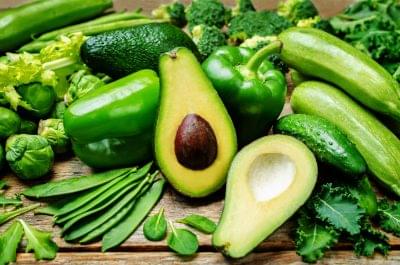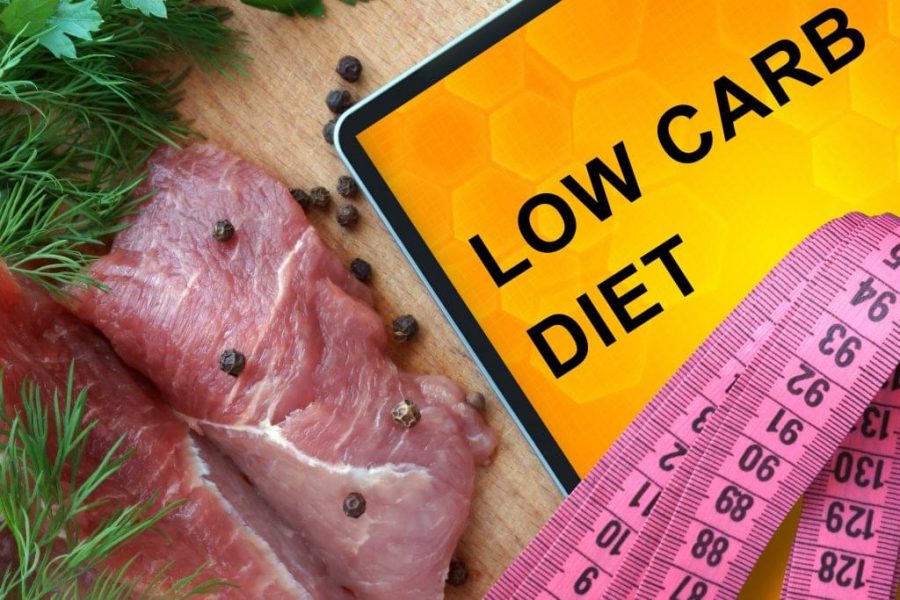Modified Ketogenic Diet: Conversion Simplified
Modified Ketogenic Diet | Modified Low Carb Diet | Moderate Keto Diet | Low Carb Weight Loss Results
 Studies show that once your body is accustomed to some routines or exposed to a certain environment, it develops a tolerance to it. Same thing with diet plans. Have you noticed that some of your friends who are taking slimming teas, coffees and pills only lose significant weight on the first 20 days? Or have your observed your gym buddy who follows the same workout routine and diet menu to a T gain some weight? This is because your metabolism naturally declines as you continue to lose weight. As a result, you add some undesirable pounds or simply have a weight loss plateau.
Studies show that once your body is accustomed to some routines or exposed to a certain environment, it develops a tolerance to it. Same thing with diet plans. Have you noticed that some of your friends who are taking slimming teas, coffees and pills only lose significant weight on the first 20 days? Or have your observed your gym buddy who follows the same workout routine and diet menu to a T gain some weight? This is because your metabolism naturally declines as you continue to lose weight. As a result, you add some undesirable pounds or simply have a weight loss plateau.
Aside from weight loss plateau, the chief complaint of people on strict diet plans is variety. Diversifying food intake is totally risky especially when you have already laid out a menu for the entire month or have already gotten used to specific tastes in your food. The biggest risk though is the effect of the transition. What if you’d gain weight while experimenting on a new diet plan? Would it make you feel weak?
Your questions are valid. It’s the same reason why some dieticians recommend a regular slight alteration in your menu by replacing some vegetables or fruits with something of similar nutritional value. Psychologically, it also helps you maintain a positive attitude when there is something new in your diet plan to look forward to.
So if you are longing for that slice of fruit or that fresh bottle of juice, then you may consider the Modified Ketogenic Diet.
Traditional versus Modified
 The Modified Ketogenic Diet shares the same concept with the classical one. While the ratio changed to increase carbs and to lessen fats, the effect is almost similar to other ketogenic diets. When you’re on ketogenic diets for a long time, your body is inclined to produce ketones even if carb-intake increased. From 70:25:5 ratio of fats, proteins and carbs, it’s safe to shift to a 55:30:15 ratio. You just need to have enough sleep, water intake, and exercise.
The Modified Ketogenic Diet shares the same concept with the classical one. While the ratio changed to increase carbs and to lessen fats, the effect is almost similar to other ketogenic diets. When you’re on ketogenic diets for a long time, your body is inclined to produce ketones even if carb-intake increased. From 70:25:5 ratio of fats, proteins and carbs, it’s safe to shift to a 55:30:15 ratio. You just need to have enough sleep, water intake, and exercise.
Jumpstart the Modified Ketogenic Diet
 Practicing the traditional method is recommended before shifting to the modified one. By the time you change your diet, you’ve already developed the habit of keeping a record of your calorie intake. Using your old menu, you can just alter the amount of fats, proteins and carbs simply by changing its measurement. A straightforward example is this: If you normally eat 2.5 ounces of steamed chicken breast for your boost of protein, then simply make it 3 ounces the next time.
Practicing the traditional method is recommended before shifting to the modified one. By the time you change your diet, you’ve already developed the habit of keeping a record of your calorie intake. Using your old menu, you can just alter the amount of fats, proteins and carbs simply by changing its measurement. A straightforward example is this: If you normally eat 2.5 ounces of steamed chicken breast for your boost of protein, then simply make it 3 ounces the next time.
Conversion Table
You can go slightly over or under the desired ratio. It wouldn’t defeat the purpose of the diet if the numbers go off the chart from time to time. But if you are really into numbers, here is a simple conversion table for your modified ketogenic diet:
| Components | Traditional | 350 gram diet (trad) | Modified | Conversion | 350 gram diet (mod) |
| Fats | 70% | 245g | 55% | (Grams of fats from traditional/0.7)*0.55 | 192g |
| Protein | 25% | 87.5g | 30% | (Grams of fats from traditional/0.25)*0.30 | 105g |
| Carbohydrates | 5% | 17.5g | 15% | (Grams of fats from traditional/0.05)*0.15 | 53g |
The conversion table above is ideal to achieve the ratio of your modified ketogenic diet. But again, this is not set in stone. Every single body is different and reacts to changes differently. While the table and numbers are there to aid you, it is more important to understand your body’s cycles, changes and needs to attain optimum results. You may also consult your dietician for a more professional approach in your road to fitness. You can also research the nutritional value and the calorie count of your desired food substitute. Now, you have rooms for your apples and grapes.
Modified Ketogenic Diet | Modified Low Carb Diet | Moderate Keto Diet | Low Carb Weight Loss Results














